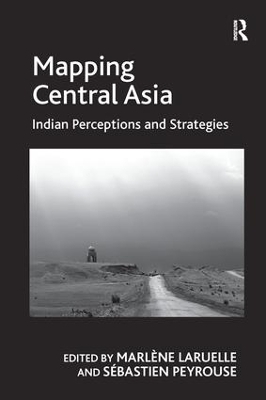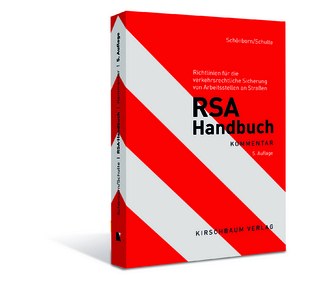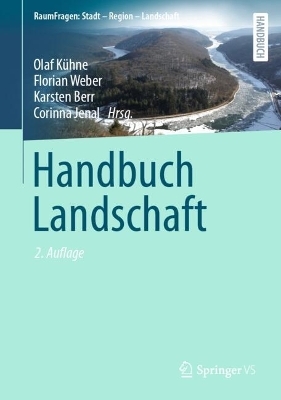
Mapping Central Asia
Routledge (Verlag)
978-1-138-25681-1 (ISBN)
Marlène Laruelle is a Research Professor at the Institute for European, Russian and Eurasian Studies (IERES), The Elliott School of International Affairs, George Washington University, Washington DC, USA. Her main areas of expertise are nationalism, national identities, political philosophy, intellectual trends and geopolitical conceptions of elites in Russia and Central Asia.
Introduction, MarlèneLaruelle, SébastienPeyrouse; Part I The Past as a Link? Reassessing Indo-Central Asian History; Chapter 1 Foreign Policy and Myth-making, MarlèneLaruelle; Chapter 2 Bukhara in a Revolutionary Time and its Indian Connections, SuchandanaChatterjee; Chapter 3 The Opening and Closing of Direct Indo-Central Asian Relations, 1924–1940, SurendraGopal; Chapter 4 Perceptions and Strategies, AnitaSengupta; Chapter 5 The Revival of the Silk Roads Topic, SreematiGanguli; Part II Contextualizing Indo-Central Asian Relations; Chapter 6 Domestic and International Articulations of the Indian Involvement in Central Asia, SébastienPeyrouse; Chapter 7 Framing Indo-Central Asian Relations, 1990s–2000s, AjayPatnaik; Chapter 8 India’s New Look at Central Asia Policy, Jagannath P.Panda; Chapter 9 Indo-Central Asian Economic Relations, GulshanSachdeva; Part III The In-Between Points of Tension; Chapter 10 Managing Regional Geopolitical Uncertainty, MarlèneLaruelle, SébastienPeyrouse; Chapter 11 India’s Policy towards Central Asia, MeenaSingh Roy; Chapter 12 Restoring India’s Links with Central Asia across Kashmir, Mushtaq A.Kaw; Chapter 13 The Resurgence of the Taliban and Regional Security Concerns, AjayDarshan Behera; Chapter 14 The Xinjiang Issue, K.Warikoo; Chapter 101 Conclusion, MarlèneLaruelle, SébastienPeyrouse;
| Erscheinungsdatum | 19.11.2016 |
|---|---|
| Verlagsort | London |
| Sprache | englisch |
| Maße | 156 x 234 mm |
| Gewicht | 385 g |
| Themenwelt | Naturwissenschaften ► Geowissenschaften ► Geografie / Kartografie |
| Sozialwissenschaften ► Ethnologie | |
| Sozialwissenschaften ► Politik / Verwaltung | |
| Sozialwissenschaften ► Soziologie | |
| ISBN-10 | 1-138-25681-1 / 1138256811 |
| ISBN-13 | 978-1-138-25681-1 / 9781138256811 |
| Zustand | Neuware |
| Haben Sie eine Frage zum Produkt? |
aus dem Bereich


